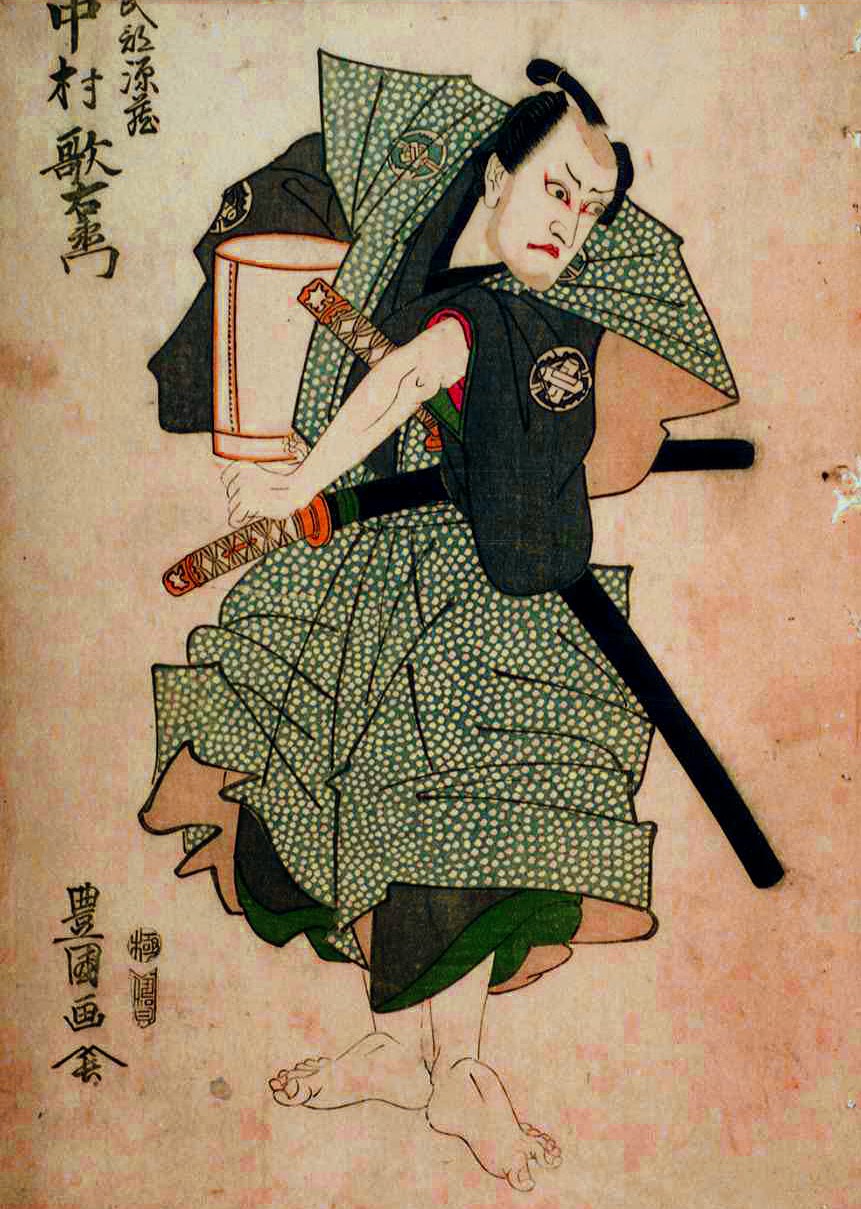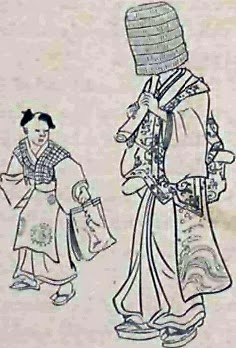In the middle of the Mentzer Basic Players Manual are/were eight pages (two double sided sheets) that could be removed by prying up the staples of the saddle-stitch binding, removing them, and refolding the staples. Which I did as a kid, and I think all of the pages are around somewhere or other in my files. But for this post, I'm looking solely at my PDF version of the Basic Set since it has them in the right order and I don't want to waste a lot of time digging through old maps, keys, and character sheets - because that walk down memory lane will take me hours as I pour over all the relics of my earliest gaming days.
Anyway, what do we have here? Basically, all the useful charts, lists, and tables, plus a slightly less than useful character sheet, and a page of graph paper to be filled with the sample dungeon earlier.
The first page, p. 29, has an abbreviated version of the character creation process on the top half, and the weapons, armor and equipment price lists on the bottom half. Want to create a Basic Set character? Everything you need to do it, step by step, is given on this one page.
P. 30 gives us the advancement tables for all classes up to level 3, plus hit dice, Thief Skills, demi-human special abilities, encumbrance movement rate table, container volumes, and mule encumbrance/movement rates. The oddity is that the prices of mules and saddle-bags (which are on the container chart) aren't given until the Expert Set. I wish they had been included now, as we never really utilized them. But then, since there were only about a dozen miscellaneous magic items and bags of holding are on the list, I don't think it was long before we didn't really need mules anyway. But that's a pondering for another day.
Pages 31-32 give us the Basic character sheet, front and back. But it's less that ideal, since the ability scores and saving throws of the nameless Fighter have already been filled in. Also, the "Hit roll needed" chart at the bottom of p. 31 has the low level PC numbers to hit (all Basic characters use the same numbers) filled in already. This, plus the fact that it's also filled in on the black character sheet on the back cover, led to one of my biggest "failures" to understand the rules early on. We just used that chart for EVERYTHING. Yeah, even the top dogs hit die wise like gold dragons needed to roll a 17 or better to hit someone in plate and shield. Our earliest games were NOT low level slaughter-fests. Sure, lots of PCs died and many were then forgotten, but a lot made it through when they probably shouldn't have. It wasn't until I picked up the Companion Set two and a half to three years later that I finally got the "going up in levels/hit dice increases attack probabilities" thing into the game.
Now, I have to say, I really like this character sheet. It's sparse but thorough. I like the little shield graphic to record armor class. I like that there are separate places to record normal gear and magical gear. I love the "character sketch or symbol" box. When I get around to making a character sheet for Chanbara (or really, probably paying Lee B. a bit of cash to do it for me) I think I'll try to go for a more slimmed down basic design like this.
Page 33 is a sheet of graph paper. Thick black lines, looks to be maybe 4 squares per inch (my inch ruler and measuring tape are at my kindergarten right now, since our American math book had a page of measuring in inches, and our Korean kindie sure as heck doesn't have any).
Page 34 has six sample characters to complement the sample Fighter from the tutorial. The cleric, magic-user and thief all have the same ability score rolls (wonder if Frank actually rolled a set, or if he just decided which scores to use on his own?), obviously placed in different areas. Everyone gets one below average score (an 8, for a -1 penalty), two average scores (9 and 11), and three above average (14 for +1, 16 and 17 both for +2). Demi-humans get a slightly different set, although again all three classes share the same numbers. They have one low score (7 for -1), three average scores (9, 9, 11), and two high scores (14 for +1 and 16 for +2). All of the characters have starting equipment, including weapons, armor, and spells. The Magic-User has Read Magic and Sleep, the Elf has Read Magic and Charm Person.
The next time I run a pick-up game somewhere, I think I'll pull these guys out to give to players. I also am pretty sure that one of the NPC parties I have in my megadungeon uses these characters along with the names given in each class description describing how to use the level titles [Fleetwood the Warrior, Belrain the Warrior-Medium, etc.].
Page 35 has the spell lists for Clerics and Magic-Users. All 1st level Cleric spells with name, range, duration, effect. All 1st and 2nd level M-U spells with the same descriptions. I remember someone years ago on Dragonsfoot.org going on about one of the typos on this table. Magic Missile is listed as a duration of "1 Turn" here, where later it's given "1 Round." Much debate about which was right, and whether a Magic-User at higher levels could cast multiple times before going into a battle to have all these magical arrows floating around him and unleash like 100d6 damage on some poor unsuspecting Elemental Ruler or something. For this reason, I prefer the one round or instantaneous duration.
Finally, page 36 has combat related charts. There is the combat round sequence, the hit charts (again, only the ones for Basic level characters), armor and AC chart, variable weapon damage table, missile fire ranges and penalties table, saving throws for all classes (up to level 3) including Normal Man (but not for more powerful monsters), prime requisite bonus/penalty table, ability score modifiers, special intelligence and charisma adjustment tables (two separate ones), and the retainer hiring process sequence.
Now, for all those people saying that the Mentzer Basic Set is terrible for reference during a game, I'd just direct their attention to these pages. Minus the graph paper and character sheet, there is really enough information here to run a simple game, assuming you had a module with monsters, maps and treasures (or a home-made adventure) prepared. Everything a player needs for levels 1-3 is right here in a basic form.
Of course, being removable pages meant they can be easily lost or separated. Like I said, I'm pretty sure I still have all of them among my various notes (in a plastic file box), but they're not in handy reference form for a game. I should think about making my own DM screen maybe (of course adding in higher level info, too...). If you've lost or just can't be bothered to find these pages, yes, the Mentzer Basic Set is not a great reference book. But with them, it is.
 |
| Image from earlier in the book. I think I forgot to use it, so I'll stick it here. |
And folks, we are now more than halfway through the Players Manual!
























